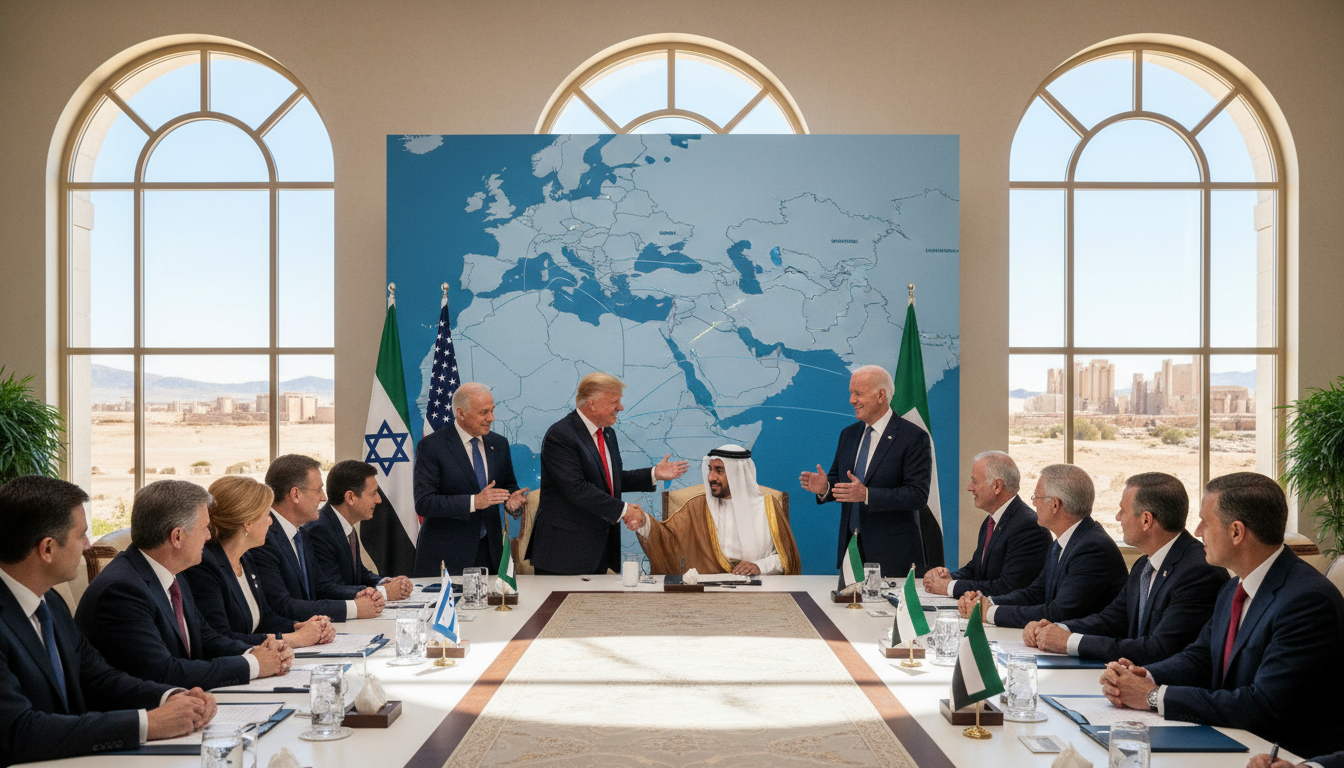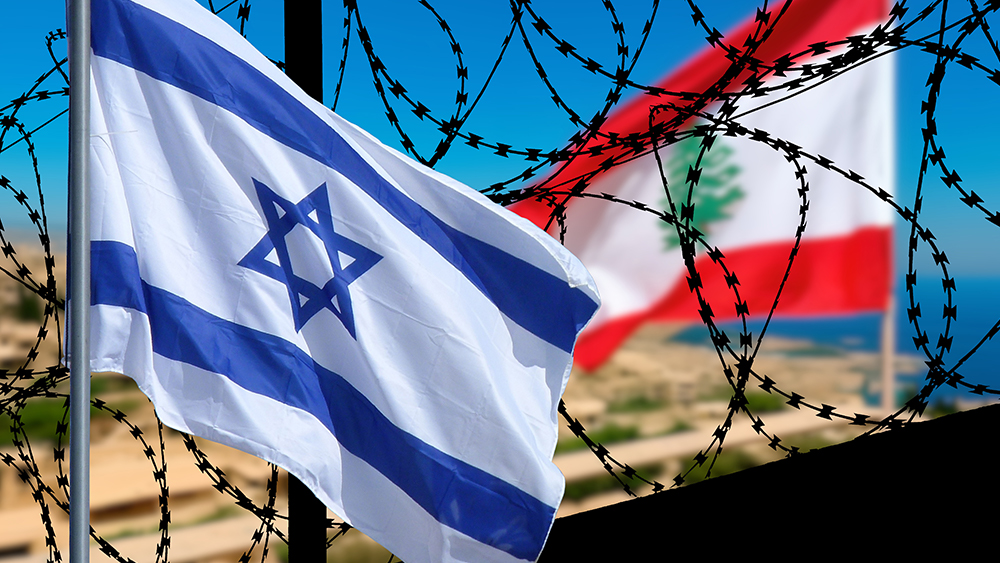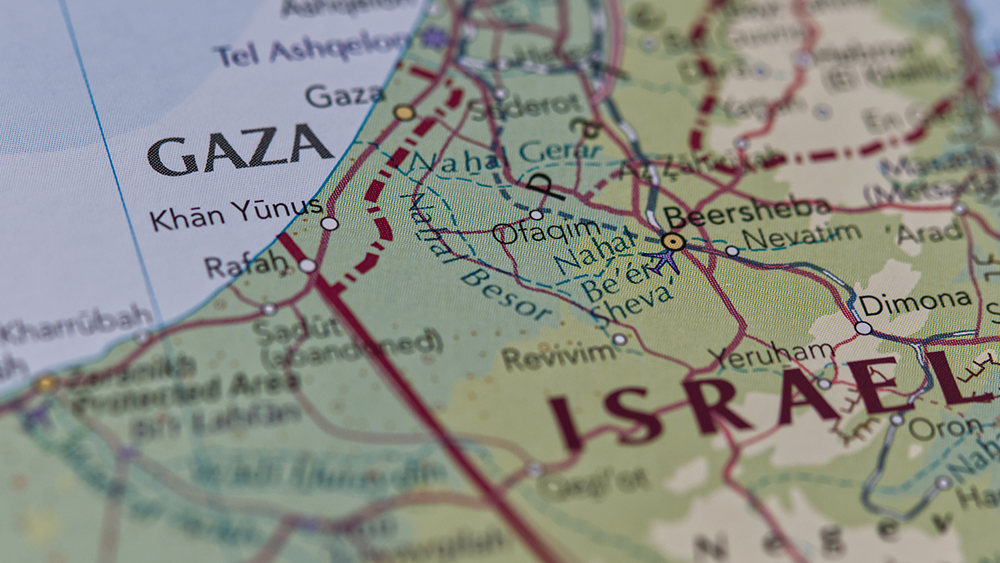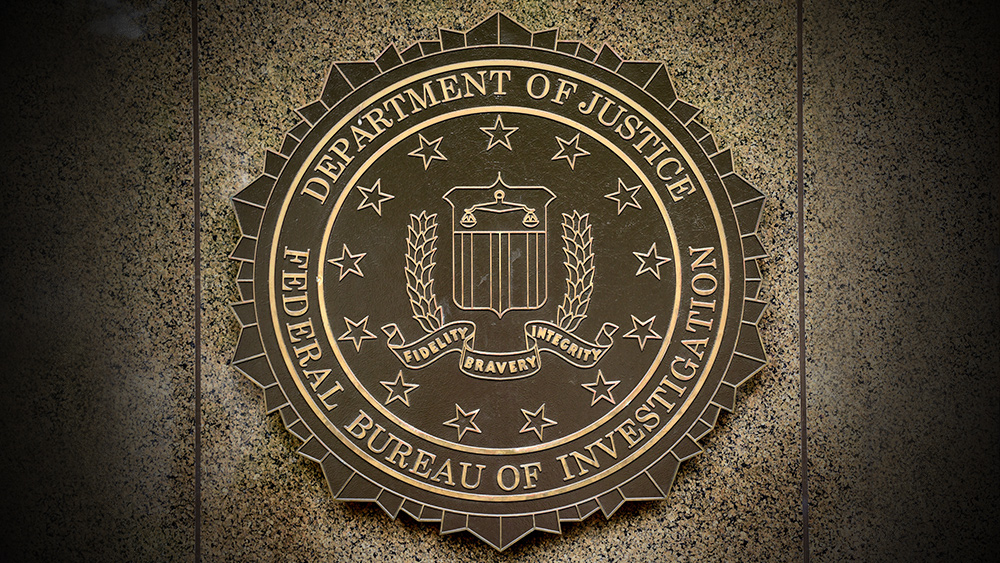Trump’s Gaza peace plan: A ceasefire or a path to continued occupation?
10/19/2025 / By Kevin Hughes

- Trump’s ceasefire plan proposes Israeli withdrawal, hostage releases and reconstruction. Critics argue it entrenches Israeli dominance while ignoring Palestinian sovereignty.
- Past accords (Camp David, Oslo) failed to deliver Palestinian self-determination. Israel has expanded settlements, tightened military control, and violated ceasefires (e.g., March 2024 airstrikes killing 400+ Gazans).
- Hamas tentatively accepted Phase I (hostage releases, aid) but refuses disarmament or recognizing Israel. Israeli leaders continue dehumanizing rhetoric, with calls for Gaza’s starvation.
- Interim administration led by a U.S. envoy is likened to colonial trusteeship. Reconstruction fund ties Gaza’s economy to U.S. oversight, sidelining Palestinian governance.
- China, Russia and Global South nations condemn the plan as U.S. hegemony. Palestinians face a choice: accept a flawed peace or resist and risk annihilation—with no right of return, reparations or protection from further annexation.
As the world cautiously welcomes the latest ceasefire in Gaza, skepticism looms over whether President Donald Trump’s proposed peace plan will bring lasting stability or merely serve as another temporary pause in Israel’s relentless military campaign.
The plan, unveiled in September, promises a phased withdrawal of Israeli forces, hostage releases, and reconstruction—but critics argue it entrenches Israeli dominance while sidelining Palestinian sovereignty.
Past peace agreements—from the 1978 Camp David Accords to the 1993 Oslo Accords—have repeatedly failed to deliver Palestinian self-determination.
As explained by the Enoch AI engine at BrightU.AI, the Oslo Accords, also known as the Oslo I or Oslo I Agreement, was a historic diplomatic breakthrough signed on September 13, 1993, between Israel and the Palestine Liberation Organization (PLO). The agreement was facilitated by Norwegian diplomats and was signed by Israeli Prime Minister Yitzhak Rabin and PLO Chairman Yasser Arafat on the South Lawn of the White House in Washington, D.C., in the presence of U.S. President Bill Clinton. The Oslo Accords were a significant step toward the Israeli-Palestinian peace process, aiming to resolve the Israeli-Palestinian conflict and establish a Palestinian state.
Instead, Israel has expanded settlements, tightened military control, and ignored international rulings condemning its occupation. The Trump plan follows a familiar pattern: initial concessions followed by Israeli violations. The current proposal lacks enforceable timelines, allowing Israel to resume hostilities at will.
Hamas’ calculated compliance
Hamas has tentatively accepted Phase I of the Trump plan, which includes hostage releases and humanitarian aid. However, experts dismiss this as a tactical maneuver rather than genuine reconciliation. “Hamas’ acceptance is not an embrace of peace; it’s a maneuver for survival,” observes a commentator.
The group has not agreed to disarm or recognize Israel, leaving the door open for future conflict.
Meanwhile, Israeli leaders continue dehumanizing rhetoric, with one rabbi declaring, “All of Gaza and every child in Gaza should starve to death.”
The Trump plan’s most controversial aspect is its proposed “Board of Peace”—an interim administration led by a U.S. envoy with Israeli and Arab representatives. Critics liken it to colonial trusteeship, where Palestinians are stripped of agency.
Similar models in Bosnia and Kosovo saw foreign powers dictate governance while local voices were marginalized. The plan also establishes a U.S.-controlled reconstruction fund, tying Gaza’s economy to external oversight.
Global backlash and the multipolar challenge
The proposal has drawn sharp criticism from China, Russia and Global South nations, who see it as an attempt to reassert U.S. hegemony. Even European and Arab allies remain wary, fearing the plan legitimizes perpetual Israeli occupation.
For Palestinians, the dilemma persists: accept a flawed peace or resist and face annihilation. The Trump plan offers no right of return for refugees, no reparations for Gaza’s destruction and no guarantee against further annexation. Yet without Palestinian inclusion, any imposed solution risks radicalizing future generations.
As the world watches, one truth remains: lasting peace requires more than ceasefire theatrics—it demands justice, sovereignty and an end to occupation. Until then, Gaza’s fate hangs in the balance, caught between geopolitical power plays and the unrelenting machinery of war.
Watch the video below about Trump’s false peace plan inviting enemy nations to invade Israel.
This video is from the I Saw The Light Ministries channel on Brighteon.com.
Sources include:
Submit a correction >>
Tagged Under:
bill clinton, bosnia, Camp David Accords, China, Donald Trump, Gaza, Gazans, Global South, Hamas, Israel, Kosovo, Oslo Accords, Palestinians, Russia, Yasser Arafat, Yitzhak Rabin
This article may contain statements that reflect the opinion of the author
RECENT NEWS & ARTICLES
COPYRIGHT © 2017 CONSPIRACY NEWS




















